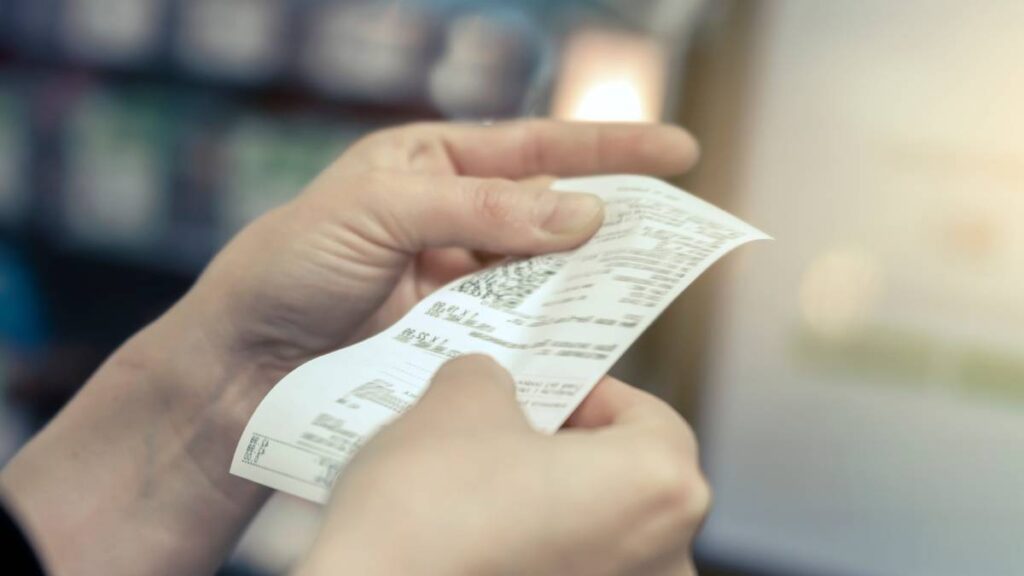‘Hold onto your receipt’ and ‘Keep all receipts’ were almost catch cries back when Australians over 50 were young.
There was good reason for that. Two actually. Firstly, if anything went wrong with a product you’d purchased, getting a repair, refund or replacement usually required a receipt.
Secondly, they were important for maximising your refund when tax return time came around. Especially if you were unlucky enough to get audited.
While such events may require a receipt in certain circumstances today, an electronic version will usually suffice. And that’s a good thing, because almost every physical receipt you are given these days is doing harm to the environment.
And the extent of that harm has been revealed to be far greater than almost anyone had previously imagined. That’s the conclusion drawn in a new report released by the University of Technology Sydney (UTS).
The analysis revealed that Australia prints an astonishing 10.6 billion paper receipts each year. On the one hand, that sounds like a lot. On the other, they’re so small, surely even 10.6 billion of them can’t do too much harm?
Wrong, it seems. These receipts are typically coated with toxic chemicals, rendering them non-recyclable and contributing significantly to environmental damage. But there’s more to it than just the receipts themselves.
Hold all receipts – digitally
The study also looked into the supply chain impact of paper receipts, and made some alarming discoveries. The production of these receipts has a huge environmental impact.
It requires 150,462 trees, 1.56 million litres of water, 96,227 tonnes of carbon, and 104.7 million kilowatts of energy annually to produce all 10.6 billion receipts.
If these receipts were delivered in digital form, these numbers would be very different. According to the findings, this would consume no trees or water and only 7.193 million kilowatts of energy. Moreover, it would generate just 3037 tonnes of carbon.
That’s much better for everyone, except perhaps those who produce and sell that thermal paper.
From a first-hand perspective, I can also think of another huge advantage. As a hoarder who lacks organisational discipline, I’ll often shove a receipt into my wallet and forget it.
It might be months before I eventually clear out that wallet or search of it. Only then do I discover that the ink has faded to the point of being illegible.
Solutions
Apart from the obvious steps that we consumers can take – saying ‘no’ to receipts – larger scale measures are being taken. The report produced by UTS was funded by the CSIRO in conjunction with Aussie start-up company Slyp.
Slyp was born of one person’s ‘light-bulb’ moment. Co-founder and CEO Paul Weingarth purchased a chainsaw from his local hardware store and “received a 50cm long receipt”. But it wasn’t just the length of the receipt that startled Mr Weingarth.
“The cashier asked me to take a photo of [it] because it was going to fade over time,” he said. “It just made no sense to me.” From this seed of an idea, the ‘Slyp Smart Receipt’ was born.
Recognising that receipts are still important for things such as identifying purchased items and their cost, the Slyp Smart Receipt is delivered electronically to your smartphone.
Toxic paper problem solved. I have made recent purchases at a large pharmacy chain and have been offered such smart receipts. If I feel I might need one, I’ll gladly accept that offer.
My wallet doesn’t require cleaning out as often as it once did. And I know that I, along with innovators such as Paul Weingarth, have done one more little thing to save our environment.
Are you a receipt hoarder? Would you be happy to receive yours electronically? Let us know via the comments section below.
Also read: Is it better for the environment to buy your Christmas gifts online or from a shop?

